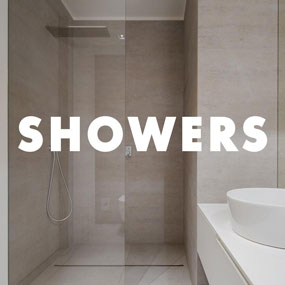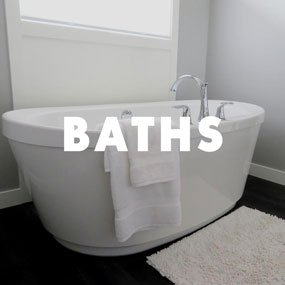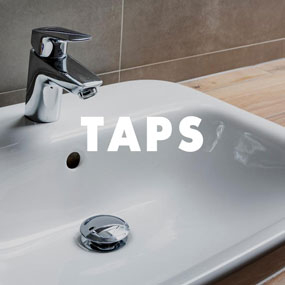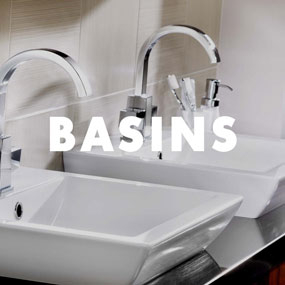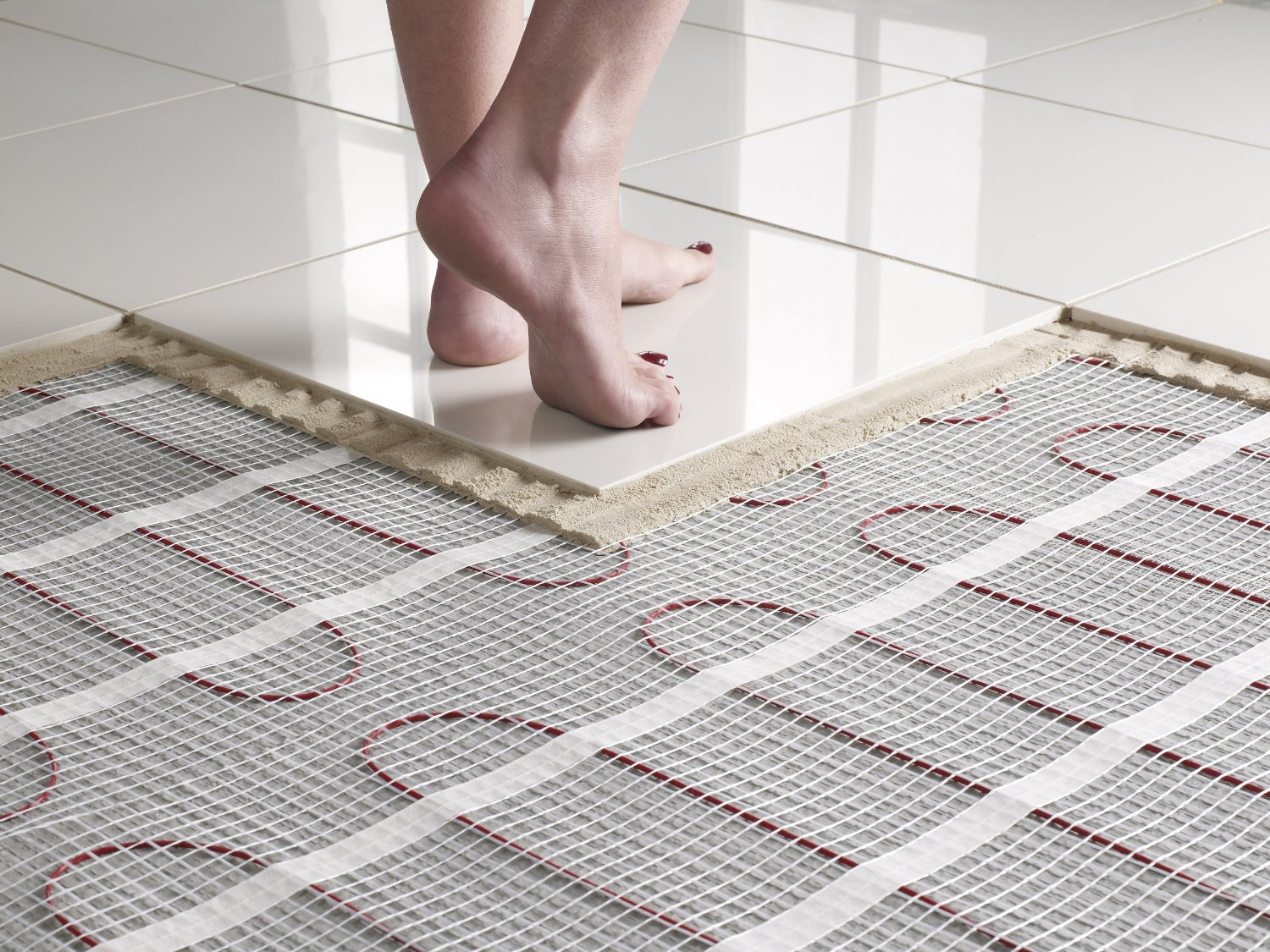Are you looking for new ways to heat your home?
Well, underfloor heating could be the solution…. because there's no better feeling than getting out of bed on a cold, miserable day to warm your feet on a heated floor!
There are quite a few things to consider before you decide to get it installed though, including; the type of underfloor products you should buy, which kind of underfloor heating is most beneficial (for your home in particular), which rooms you should use it in and which systems will prove to be the most cost effective.
Our comprehensive give will help you answer all of these questions and more.
The benefits:
First and foremost - you won't necessarily need radiators in the room where you install under floor heating, so space can be saved by freeing up a wall that would otherwise need to be dedicated to a radiator.
Underfloor heating is also an extremely efficient way to warm a room and gives a more pleasant heat than radiators.
Additionally, heat is emitted in a very gentle way. There are no cold spots and, as most of the heat is concentrated in the lower part of the room, very little heat is wasted.
Hot-water (or wet) systems
Wet systems use warm water from the central heating system. The water is pumped through plastic pipes that are laid on to a subfloor, before the new final surface is installed.
[caption id="attachment_1337" align="alignnone" width="660"]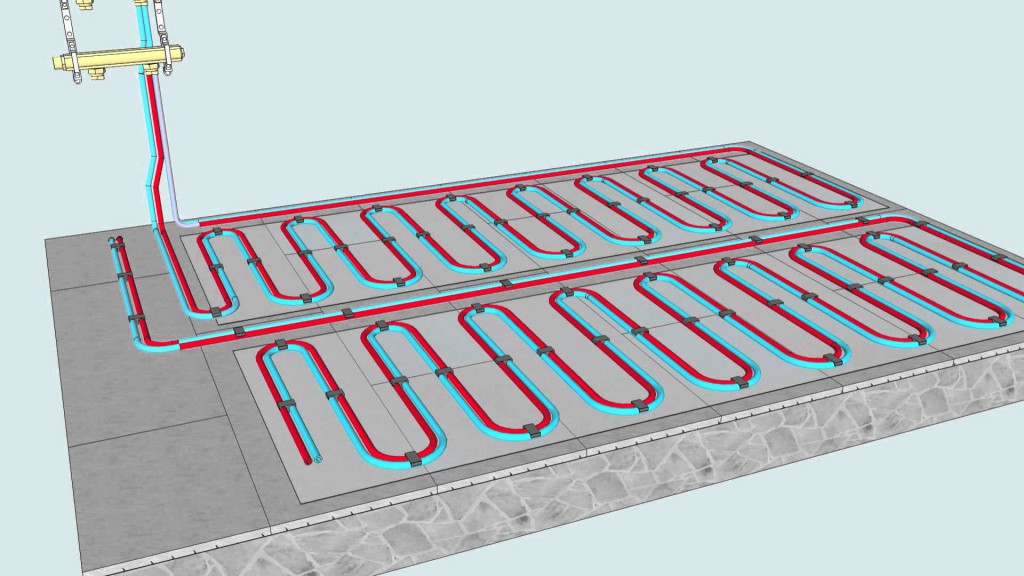 underfloor heating via central heating[/caption]
underfloor heating via central heating[/caption]
Underfloor heating of this type also reduces water-heating costs, because it uses water at a lower temperature than standard radiators.
Electric mat (or wire) systems
Electric systems feature cables which are attached to an open-weaved mesh mat.
The mat should be spread out on to the floor, connected together and linked up to the thermostat and mains power supply.
Be aware though, whilst electric systems are cheaper to install, and cause less disruption to existing floor structure, they are more expensive to run than wet systems.
Where you should use underfloor heating
Underfloor heating is mostly used in ground-floor rooms but there are also systems to fit other rooms in the home - including upstairs.
Wet systems are easily installed in places where it's possible to take up floors, or where new floors are being constructed. As a result, it’s likely to suit new extensions, conservatories and new open-plan kitchen areas.
Electric underfloor is likely to be more suitable for existing rooms as the electrical mesh system is flatter than a wet system so there is less need for floor heights to be altered to accommodate it.
There are even electrical mat systems that can be used under rugs on existing hard floors. On balance, it's easier to add electric systems to upper-floor rooms.
[caption id="attachment_1338" align="alignnone" width="685"]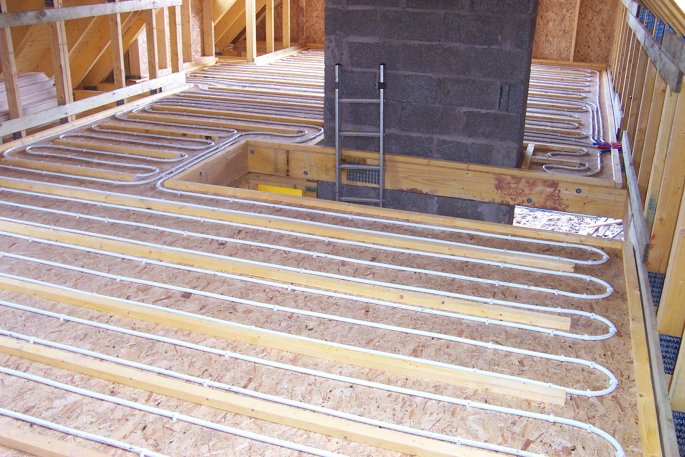 Electric underfloor heating[/caption]
Electric underfloor heating[/caption]
How to install underfloor heating
In order for your underfloor heating to be cost and energy efficient, your property needs to be properly insulated. To prevent heat loss and ensure that heat is directed upwards, there needs to be room for insulation to be installed beneath the system.
With wet systems, you need to make sure you have space for the controls to be situated.
Like a radiator, each room heated with UFH has its own valve, but they can all be put in one spot, along with the timer controls.
[caption id="attachment_1339" align="alignnone" width="1002"]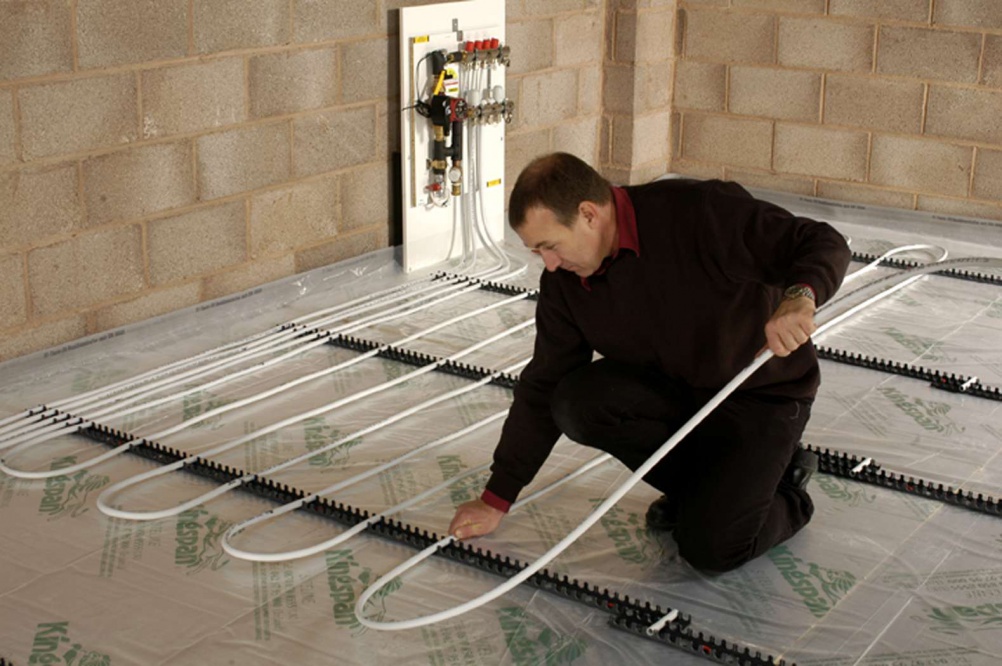 A professional installing underfloor heating[/caption]
A professional installing underfloor heating[/caption]
The majority of plastic water pipes installed in systems these days are continuous, so there is no danger of leakage because there are no joints - and the system is generally considered to be maintenance-free.
While a condensing boiler offers significant savings on running costs, any boiler can be used with UFH, as long as it has a sufficient capacity.
The firm fitting the underfloor heating will plan the installation for you. If you plan to add a wet UFH system to an existing room, you will need to seek professional advice.
Necessary calculations include the desired temperatures, the ceiling height, the potential heat loss and the type of flooring required…. Which brings us nicely to our final point.
Flooring considerations:
[caption id="attachment_1340" align="alignnone" width="600"]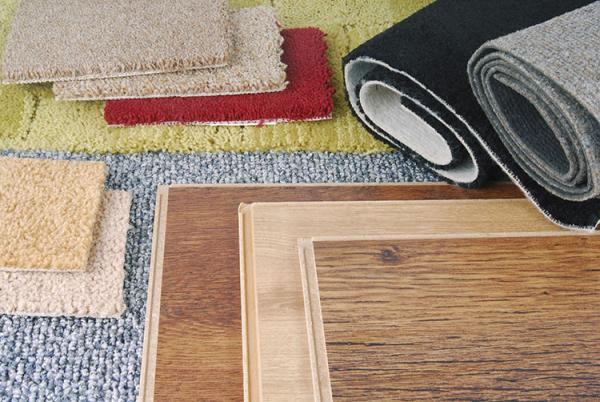 Underfloor heating can be used under various flooring types[/caption]
Underfloor heating can be used under various flooring types[/caption]
Carpet
UFH can be used with pretty much any type of flooring, including carpet. (providing that the carpet and underlay have a thermal resistance of less than 2.5 tog)
Indications show that, for the majority of carpet styles, the thermal resistance will be less than 1 tog.
Stone, ceramic, slate and terracotta
As these particular flooring materials become ever more popular, there has been an increase in the number of homes using UFH underneath them. Heat up times are dependant on the thickness.
Thick flagstones do take longer to reach maximum temperature, but once reached, there's no real difference in heat quality.
Timber
UFH is suitable for use with many types of timber flooring, but most installers state that timber should be specifically recommended for UFH use. The flooring should have a top temperature restriction (usually 27°C) and an expansion gap needs to be left around the edges (you can easily hide this with a skirting board or trim).
Important: Always discuss options with the flooring supplier and heating installer before making your purchase.
Vinyls and laminates
UFH can be used with high-quality vinyls and laminates. However, not all laminates or vinyls are compatible with UFH, so it's a good idea to check with the flooring manufacturer or the heating installer before committing.



